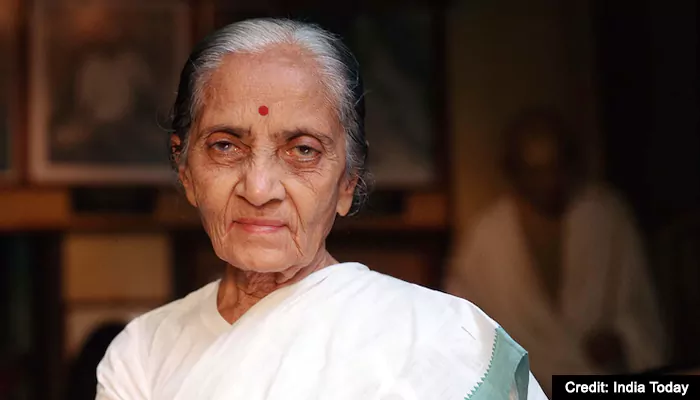
At just 22, she built a voice that roared through colonial silence. This is the story of India’s underground radio revolution
On the evening of August 14, 1942, a crackling signal pierced the silence of colonial censorship: “This is the Congress Radio calling on 42.34 metres from somewhere in India.”
The voice belonged to a 22-year-old philosophy student, Usha Mehta, who would soon become the unseen force behind one of the most daring operations of the Quit India Movement.
While the British Raj tried to crush the independence movement by imprisoning leaders and silencing the press, Mehta and a small group of young rebels built a clandestine radio station that would pulse at the heart of underground resistance. This wasn’t simply about defiance—it was about information, inspiration, and hope.
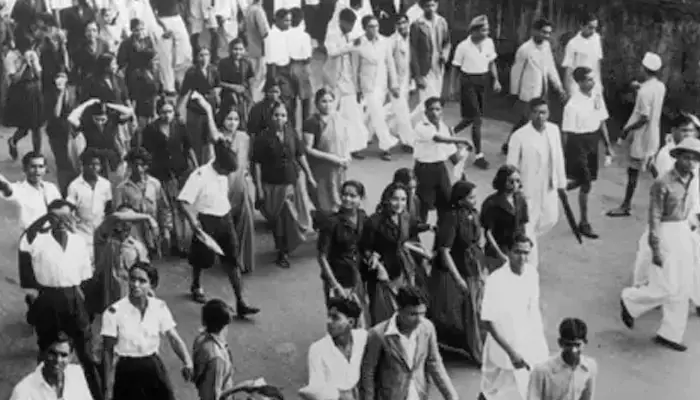
(Credit: BBC )
Born on February 24, 1920, in Gujarat, Usha Mehta was deeply rooted in the spirit of freedom from a young age. As a child, she participated in the Vanar Sena (Monkey Brigade), a group of young children involved in Gandhian protests. Her father, a judge and supporter of Congress, laid the ideological groundwork.
A talented student, fluent in Gujarati, Hindi, Marathi, and English, Mehta distinguished herself in academics and public speaking. However, her master’s degree in law was left incomplete, interrupted by historical events. When Mahatma Gandhi issued the call for “Do or Die” on August 8 1942, Mehta committed herself fully.
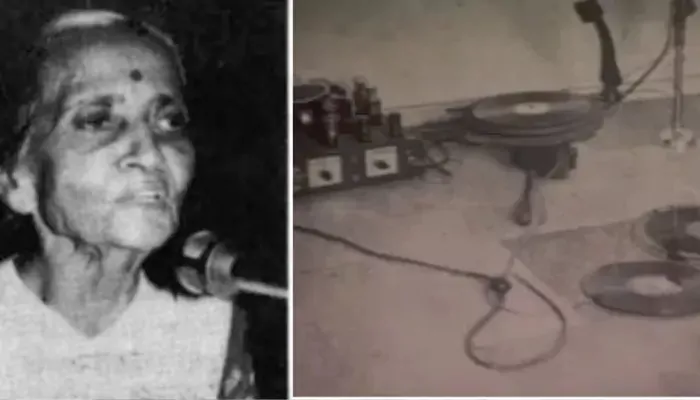
(Credit: The Better India )
Inspired by the need to bypass colonial propaganda, Mehta co-founded Congress Radio just days after the Quit India call. It went live on August 14 1942. With the help of engineers Nanka Motwani and Vithalbhai Jhaveri, and a secret team of patriots, the station broadcast uncensored news, messages from imprisoned leaders, and calls for resistance.
The radio was no ordinary achievement—it had to be moved constantly to evade British detection, shifting from rooftops in Bombay to safe houses across the city. Despite minimal equipment and no formal training, the team broadcast for 88 days before finally being uncovered on November 12, 1942.
Usha’s final broadcast that day was defiant: “The police have come. We have to go off the air now.”
Mehta was arrested and underwent harsh interrogations and four years of rigorous imprisonment. At Poona’s Yerwada Jail, her health deteriorated significantly, leading to her transfer to JJ Hospital under heavy guard.
Yet, she never wavered. In 1946, as one of the first political prisoners released under Morarji Desai’s orders, she emerged with her convictions intact and her spirit more resilient. She chose not to return to politics but to education.
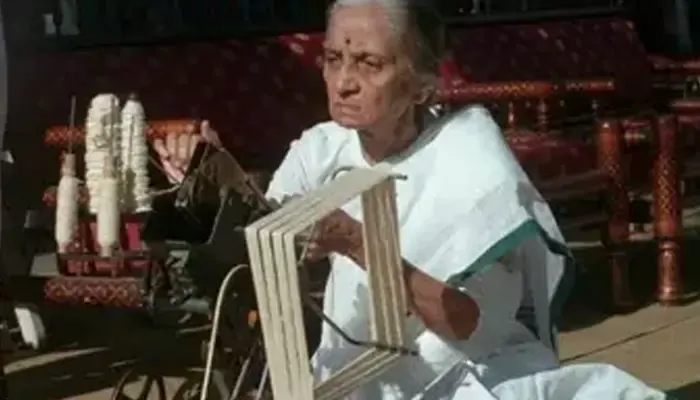
(Credit: India Times )
Mehta earned a doctorate in Gandhian philosophy and advanced through the ranks at Bombay University, eventually leading the Department of Civics and Politics. Her influence extended beyond academia, as she collaborated with the University Grants Commission, the Gujarat Administrative Reforms Committee, and SNDT Women’s University.
She played a key role in transforming Mani Bhavan—Gandhi’s historic base in Mumbai—into a centre for research and education. She established cultural centres, authored works, mentored students, and engaged tens of thousands of schoolchildren with Gandhi’s teachings through public outreach and competitions.
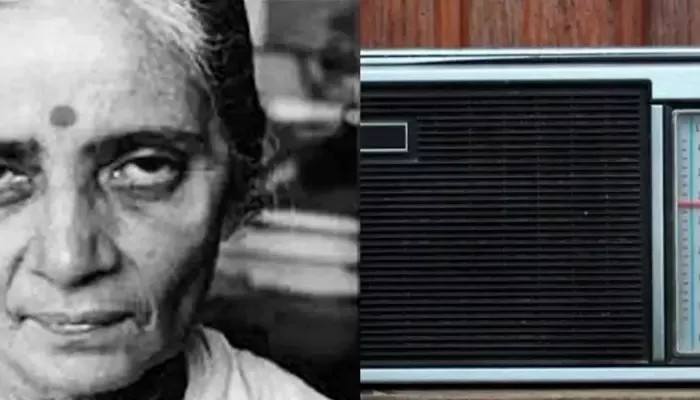
(Credit: India Times )
In 1998, Usha Mehta was honoured with the Padma Vibhushan for her contributions to India’s freedom movement and society. Two years later, on August 9, 2000—the anniversary of the Quit India Movement—she stood at Gowalia Tank Maidan, where Gandhi had made the historic call.
She saluted the flag, returned home with a fever, and passed away quietly within 48 hours.
Her legacy goes beyond archives and awards; it lives in each citizen who chooses courage over fear, truth over propaganda, and conscience over comfort.